After a six-hour flight from Miami we arrived in San Francisco.
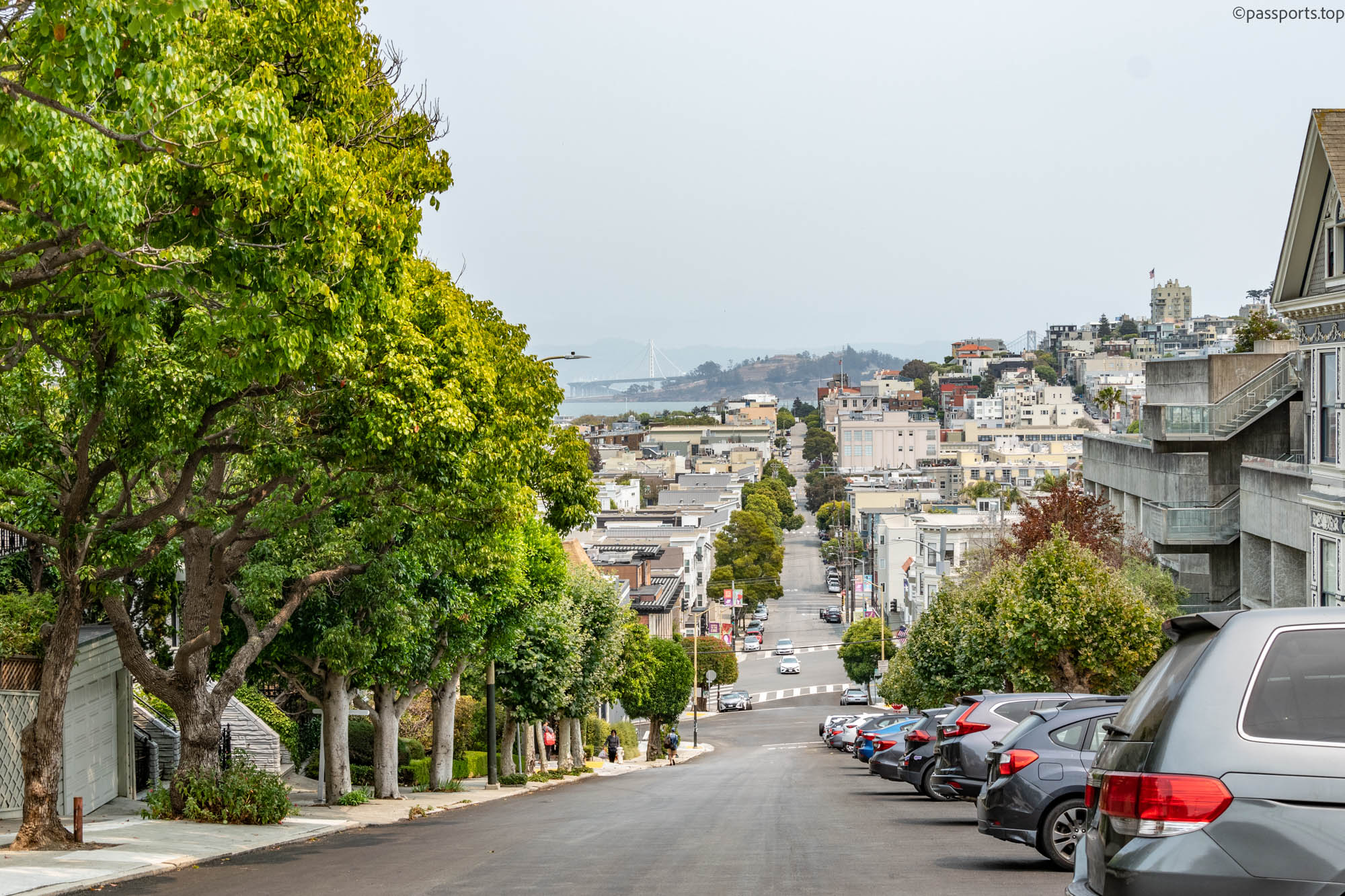
It is difficult to make a top of the tourist attractions in San Francisco, taking into account that we only stayed for two days. So I’m going to leave a list of the places we visited and liked the most.
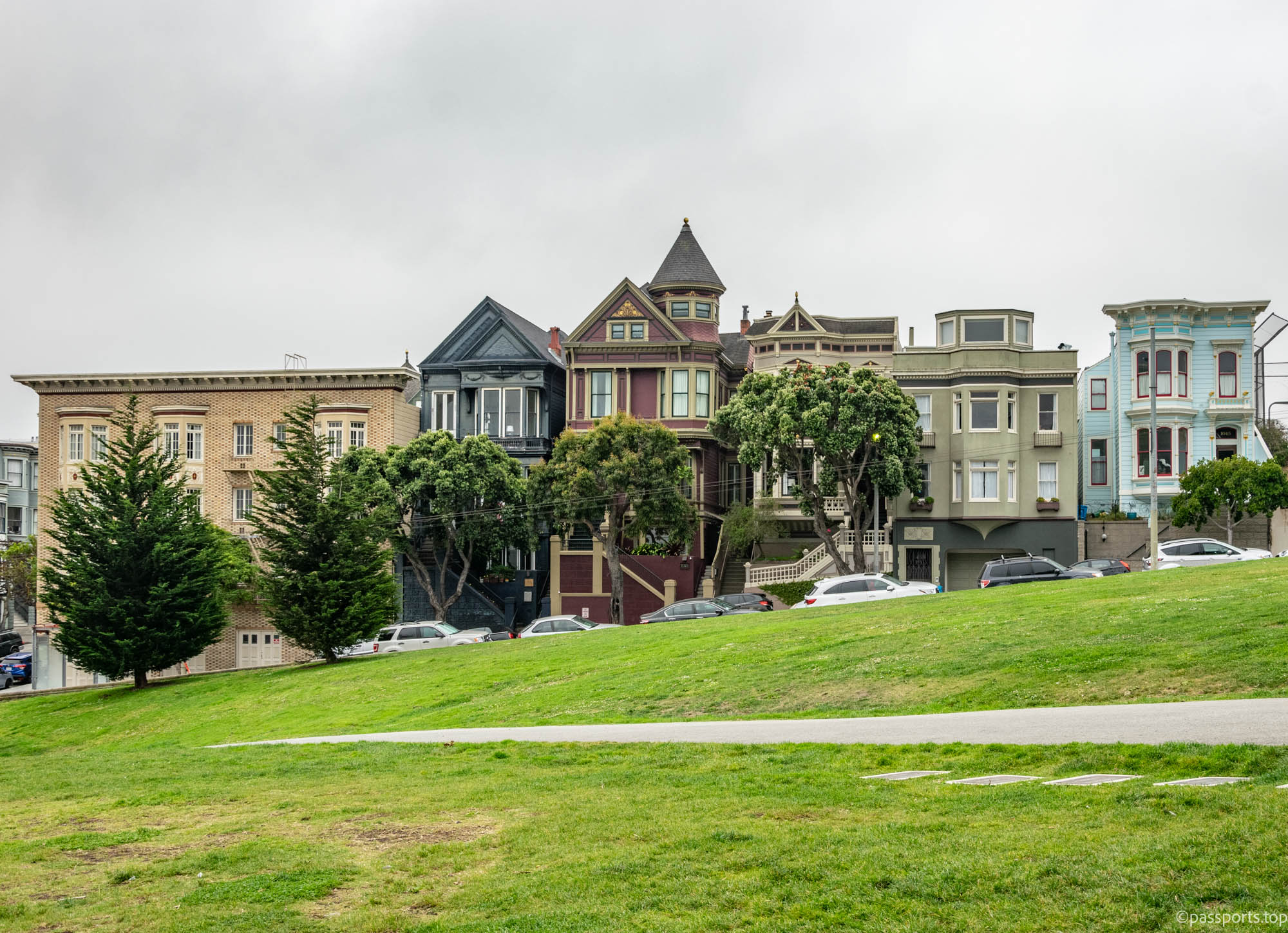
Although it was August and we had come from 40°C Miami, we didn’t have friendly weather in San Francisco. It was around 19°C with fog, but luckily it didn’t rain and we were able to enjoy walking through the colorful streets of the city, even though it was chilly.
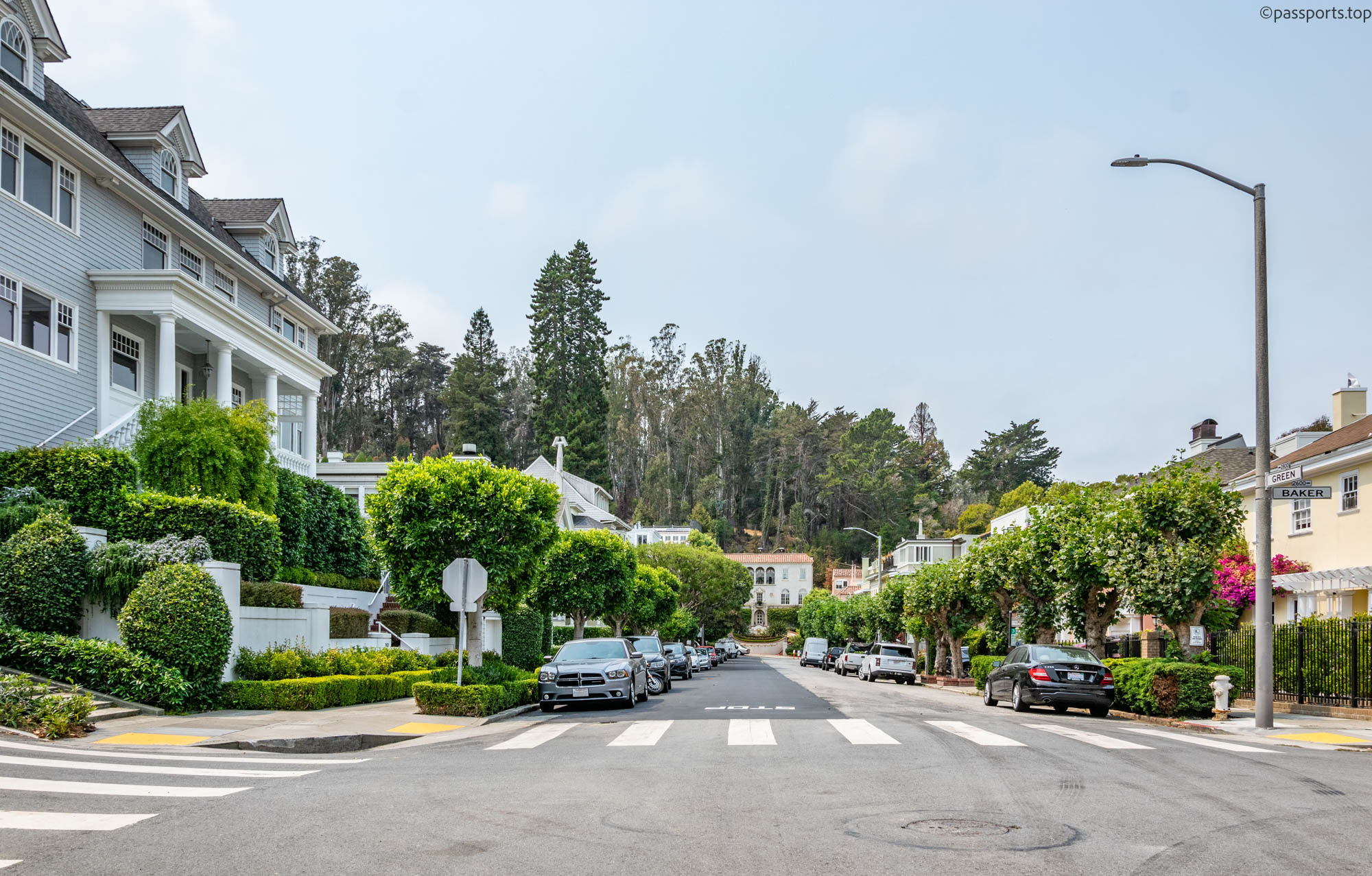
For public transportation, we chose the 3-Day Visitor Passport, which offers unlimited transportation on buses, subways, and cable cars ($31/person).
What did we visit in San Francisco?

One of the most famous suspension bridges in the world, the Golden Gate Bridge is by far the most visited place in San Francisco. The bridge was inaugurated in 1937 and annually attracts more than 10 million visitors.
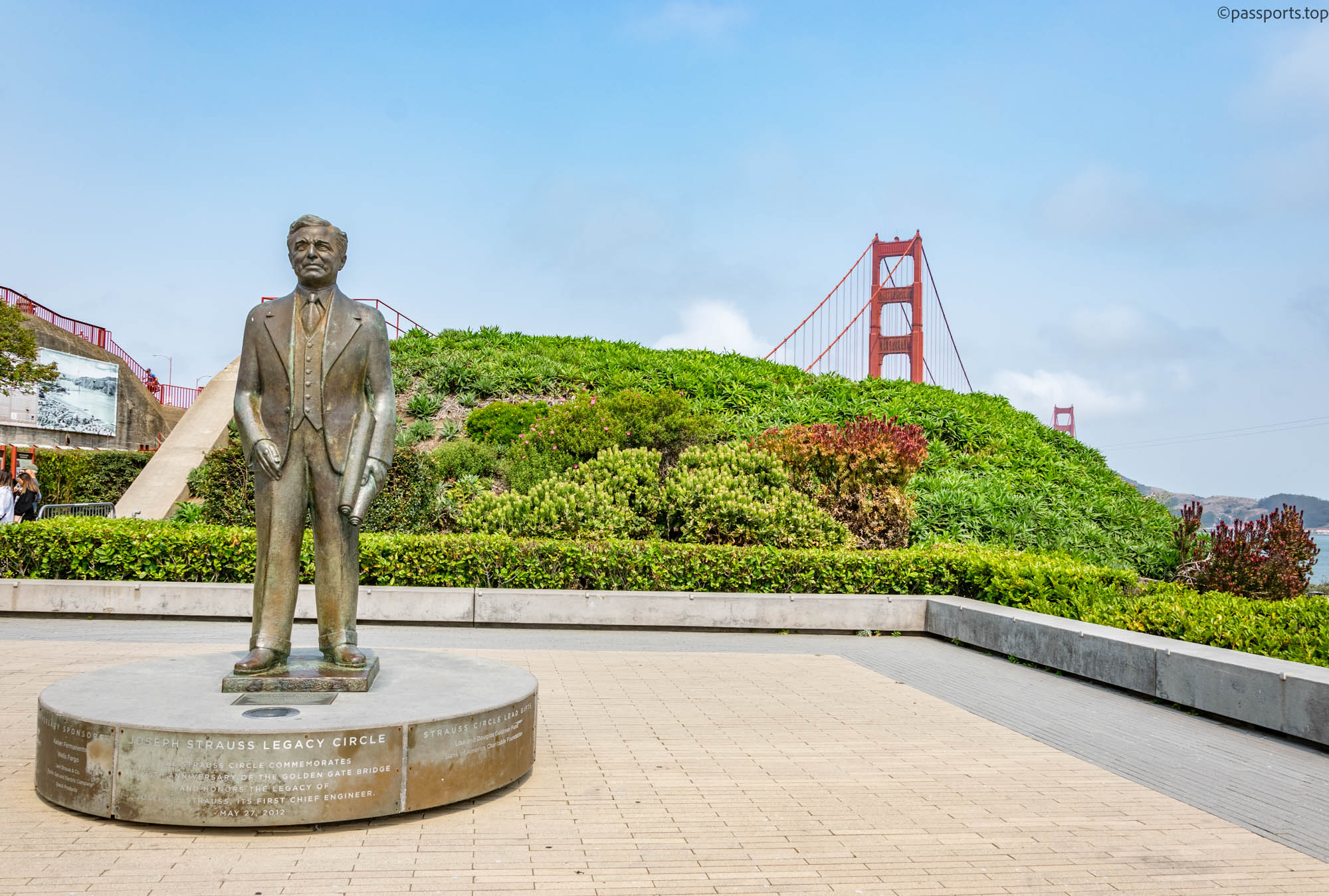
At the Welcome Center you are greeted by the statue of Joseph Strauss, the bridge’s designer, and the history and construction of the bridge is explained in detail.
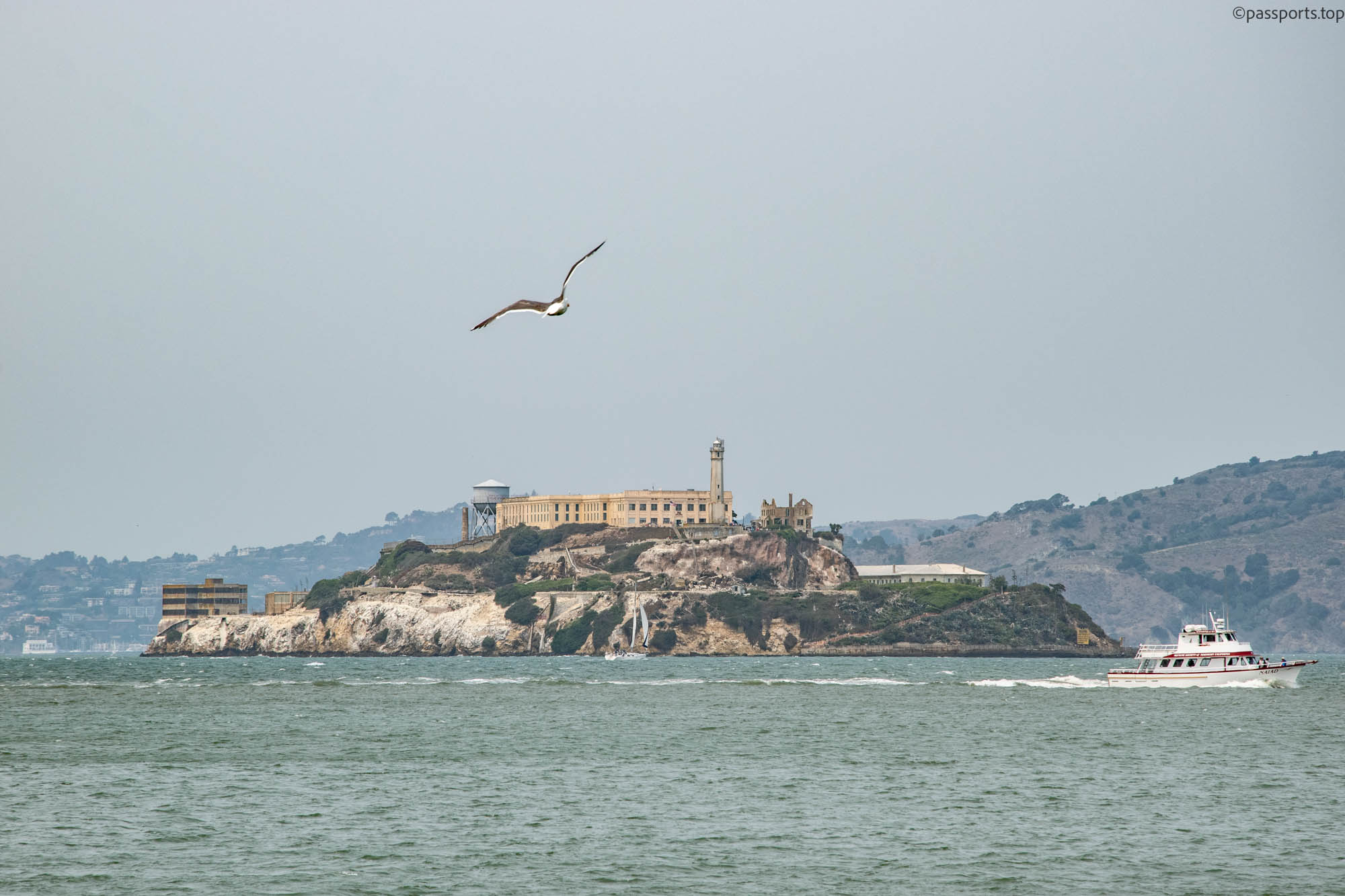
Alcatraz Prison is located on Alcatraz Island in San Francisco Bay. It is one of the most famous prisons in America and operated for almost thirty years, closing in 1963 and reopening as a tourist attraction in 1973. Alcatraz is a well-visited destination and reservations are recommended 2- 3 weeks. The price of a ticket is $41/person (transportation+audio guide).
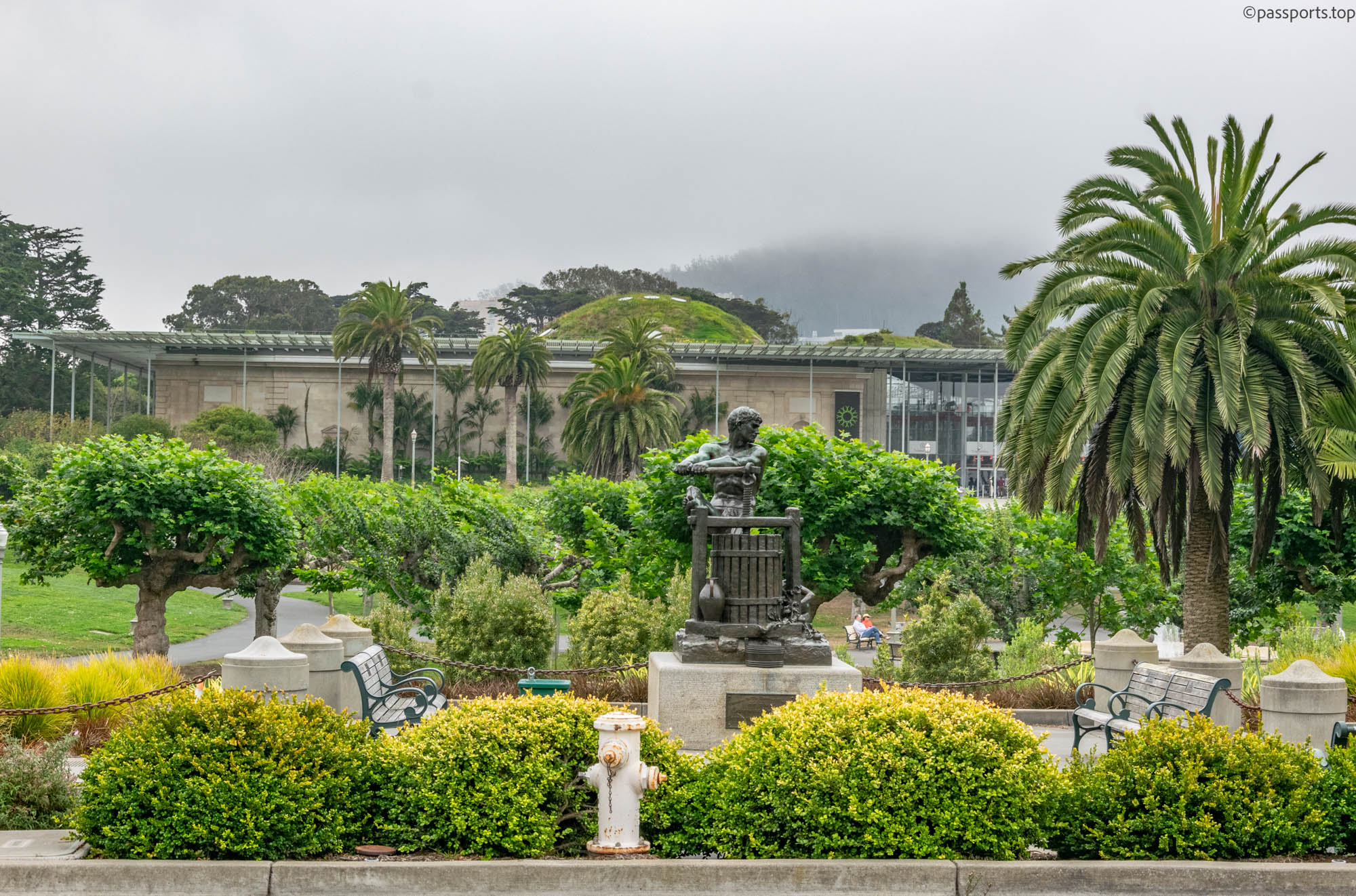
Golden Gate Park is a huge green space in the heart of San Francisco that is home to gardens and museums. Before construction began in 1871, there was an area of barren dunes here. Today, the park has a network of running and cycling tracks, more than 5,000 different types of plants, dozens of tree species, lakes and a buffalo paddock.
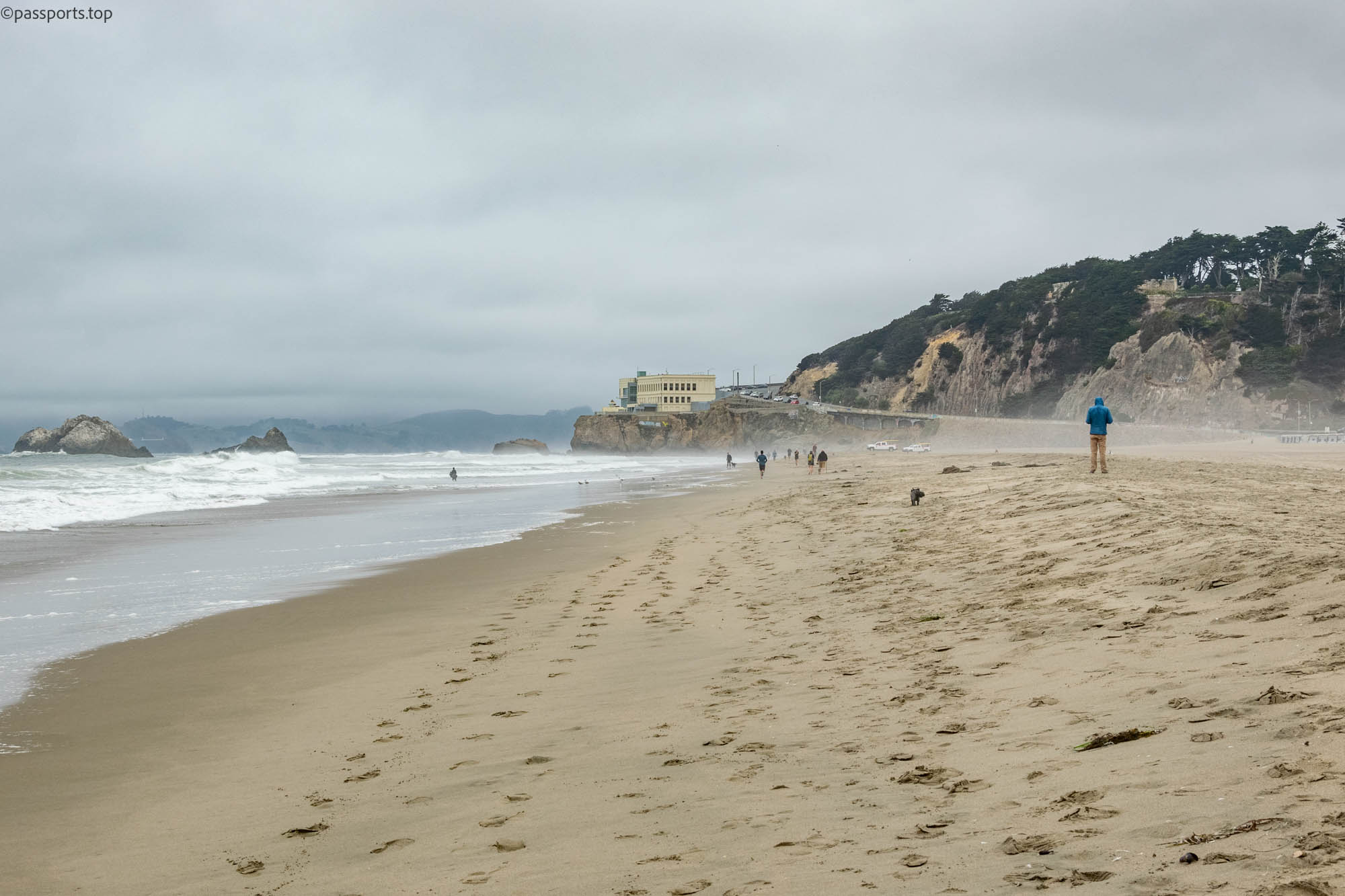
Crossing the park, you reach Ocean Beach. The characteristic San Francisco fog frequently surrounds the beach, and the average temperature in recent years has been around 13°C. However, the beach is mainly frequented by professional surfers, being known for dangerous currents and strong waves.
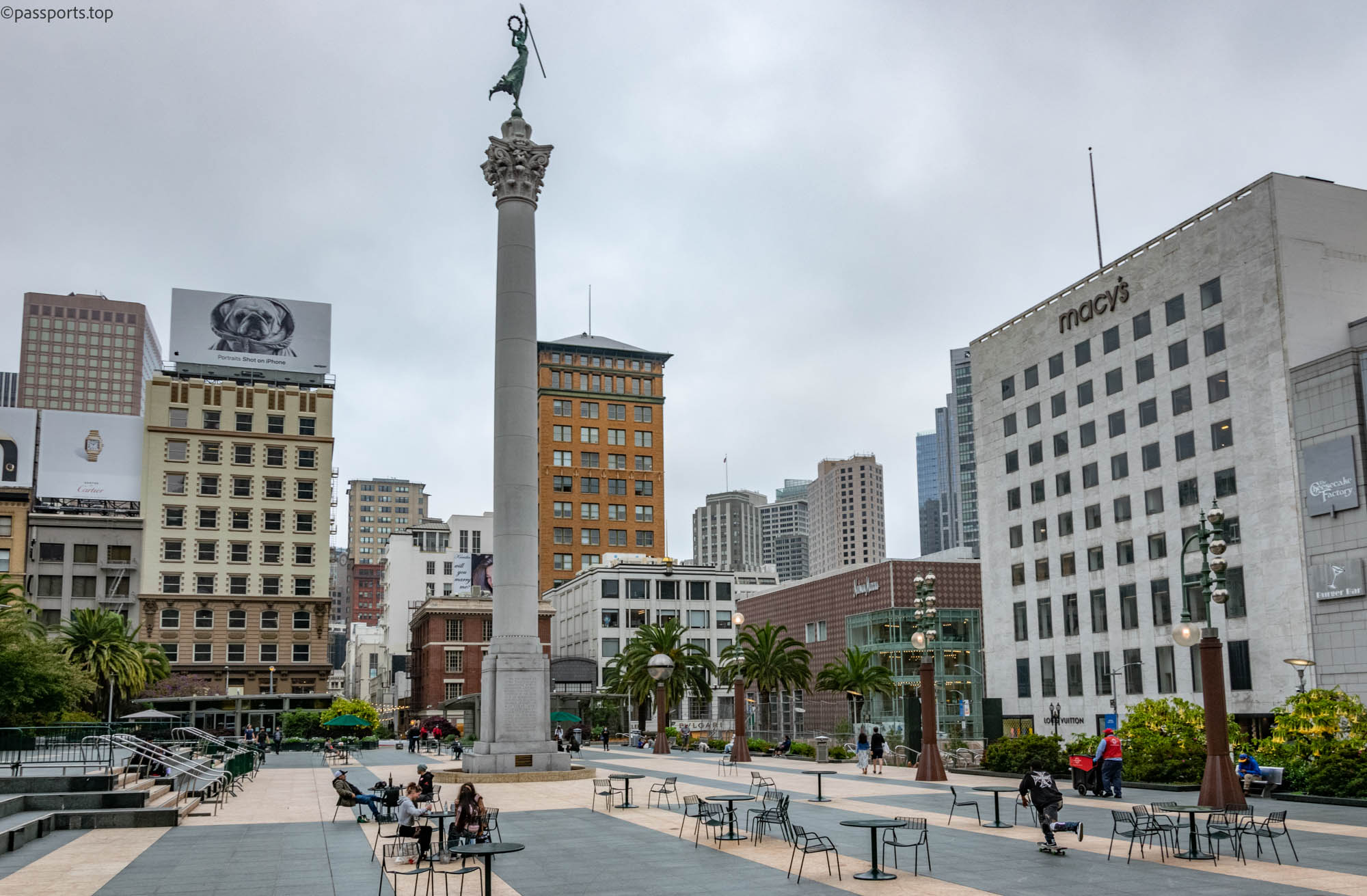
Union Square is the most visited neighborhood in San Francisco. Here you will find luxury shops and hotels, cafes, art galleries and a very active nightlife.

If you arrive in San Francisco, you must not miss a ride on the famous “Cable Car” (price $7/pers/way), and a “must do” is to walk on the stairs.
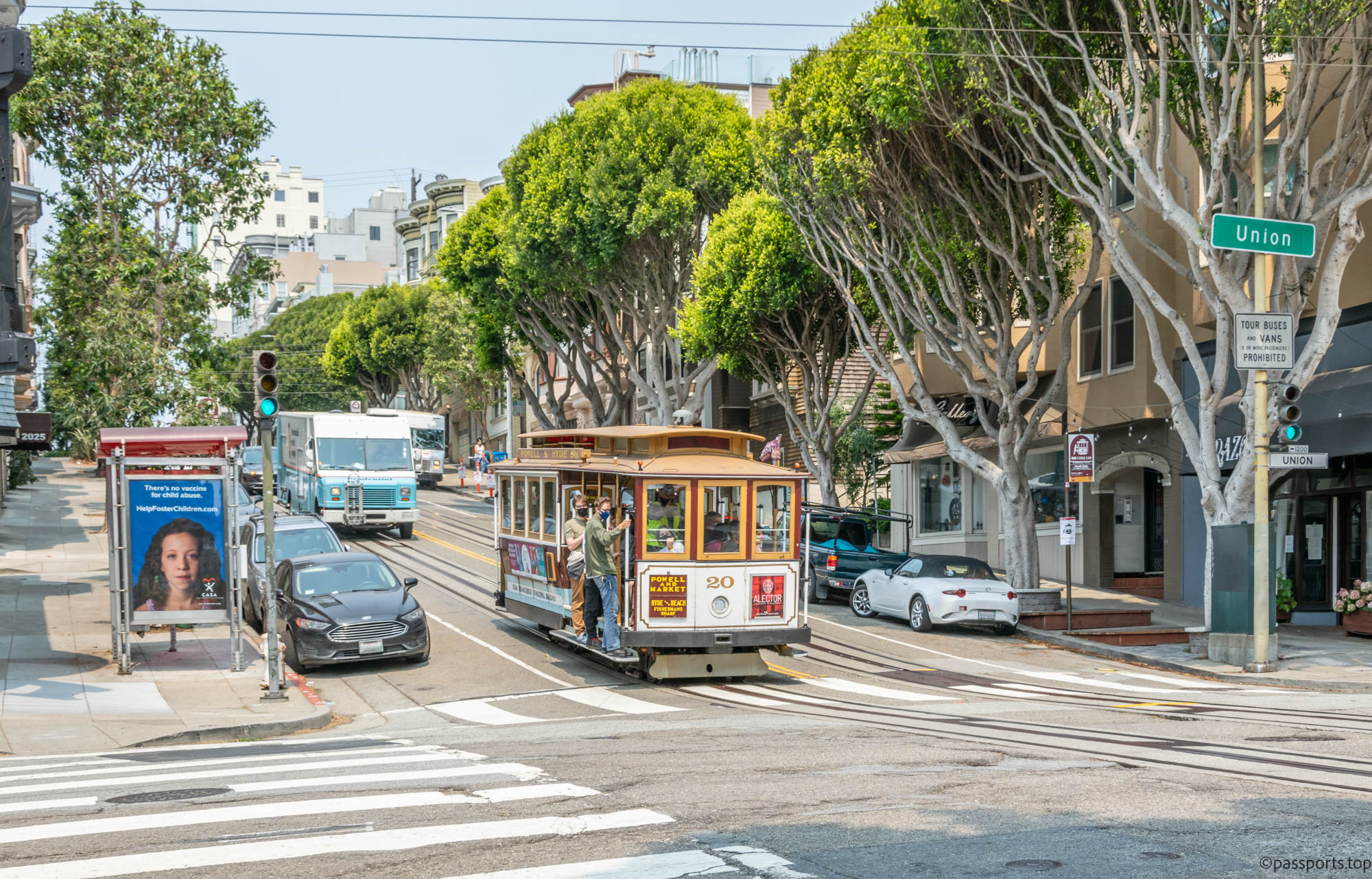
Streetcars were introduced in 1873 to help locals move more easily over the many hills on which San Francisco is built. Today, the few remaining trams offer tourists a great way to explore the city, being the only public transport system that has been declared a historical monument.
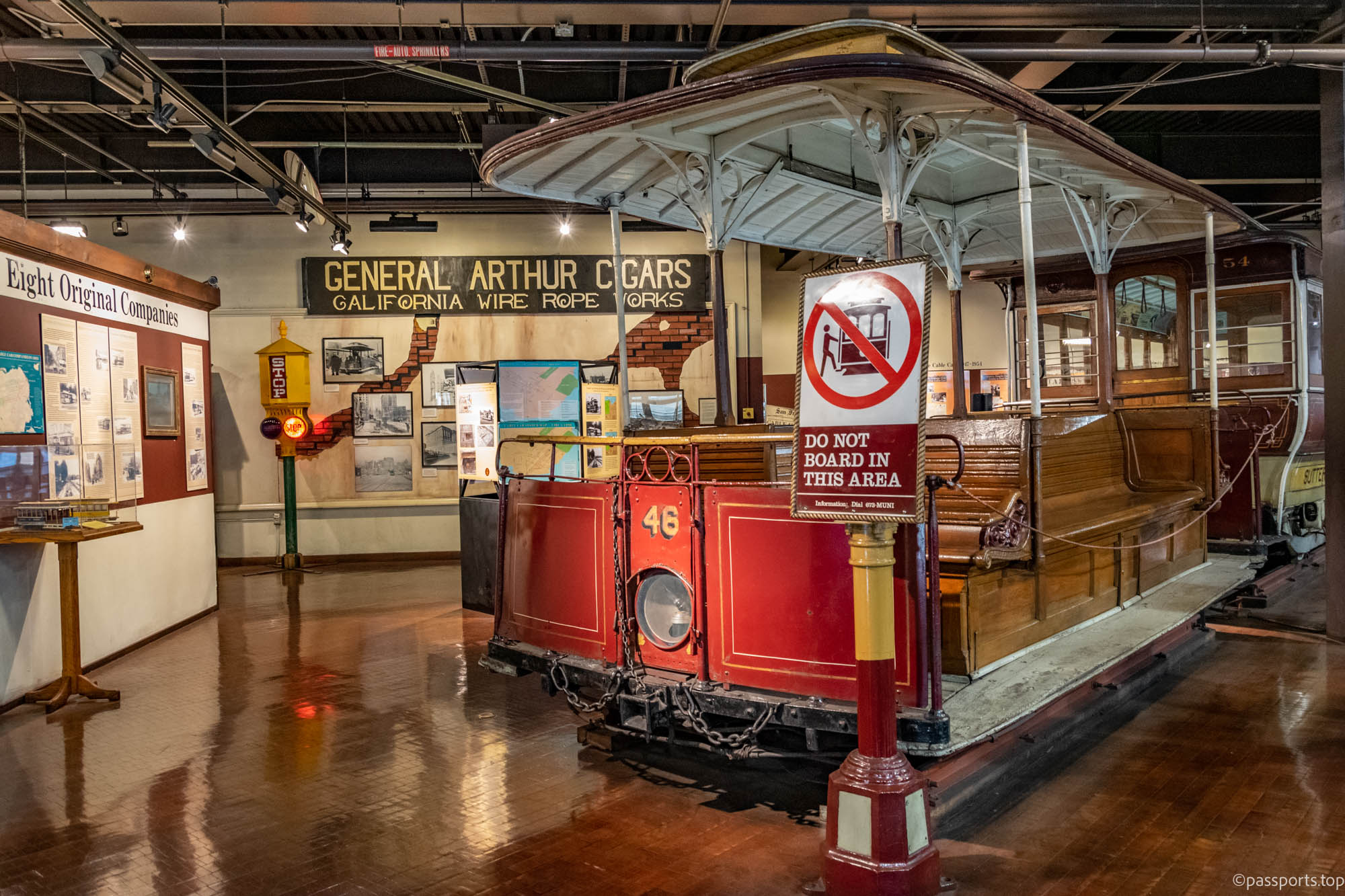
The Cable Car Museum is open every day and admission is free. In the museum there are some old cabins and the cable tram system is explained.
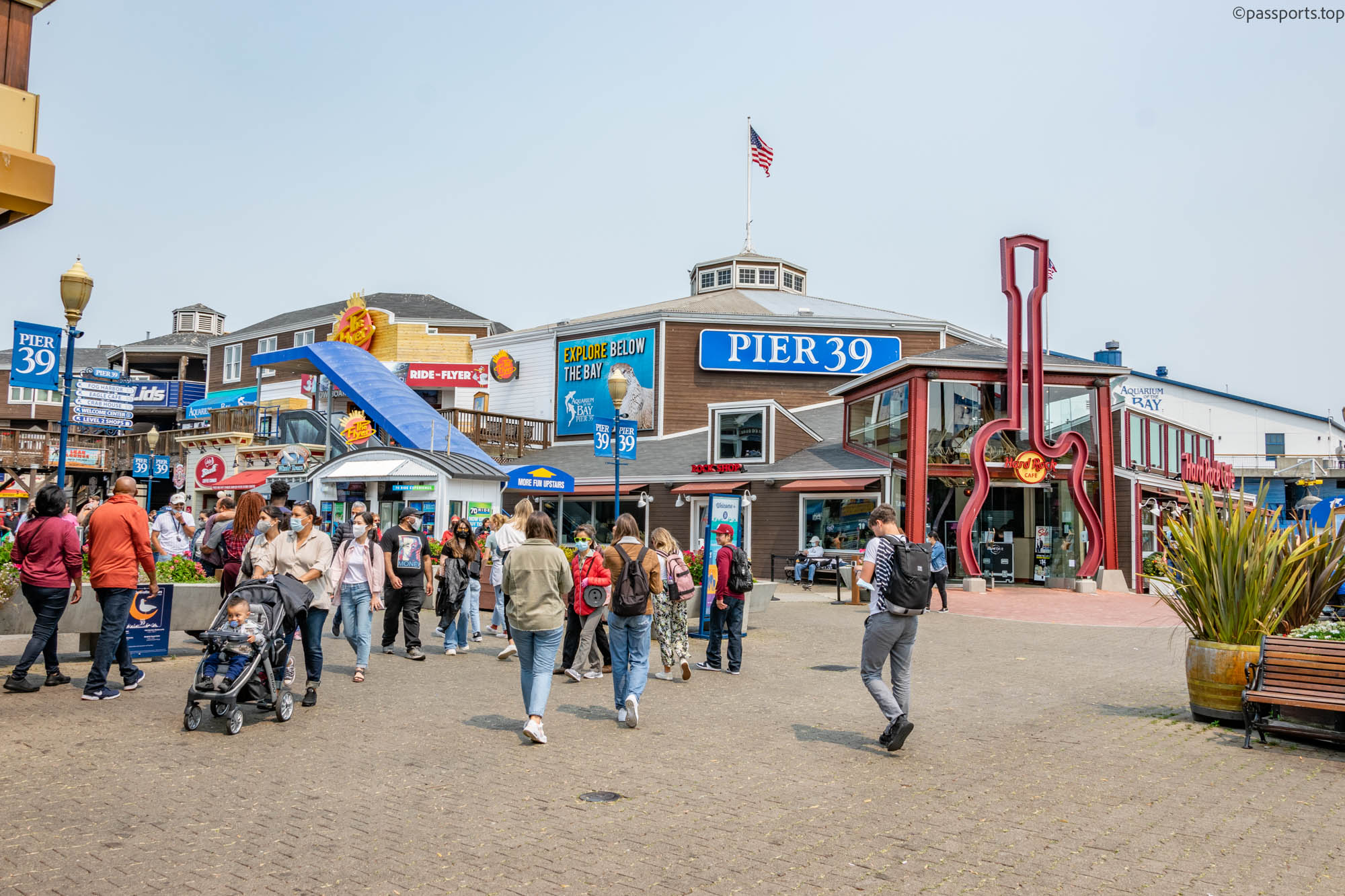
Pier 39 area. Boat trips to the Golden Gate Bridge, Alcatraz prison or the Bay Bridge are organized here.
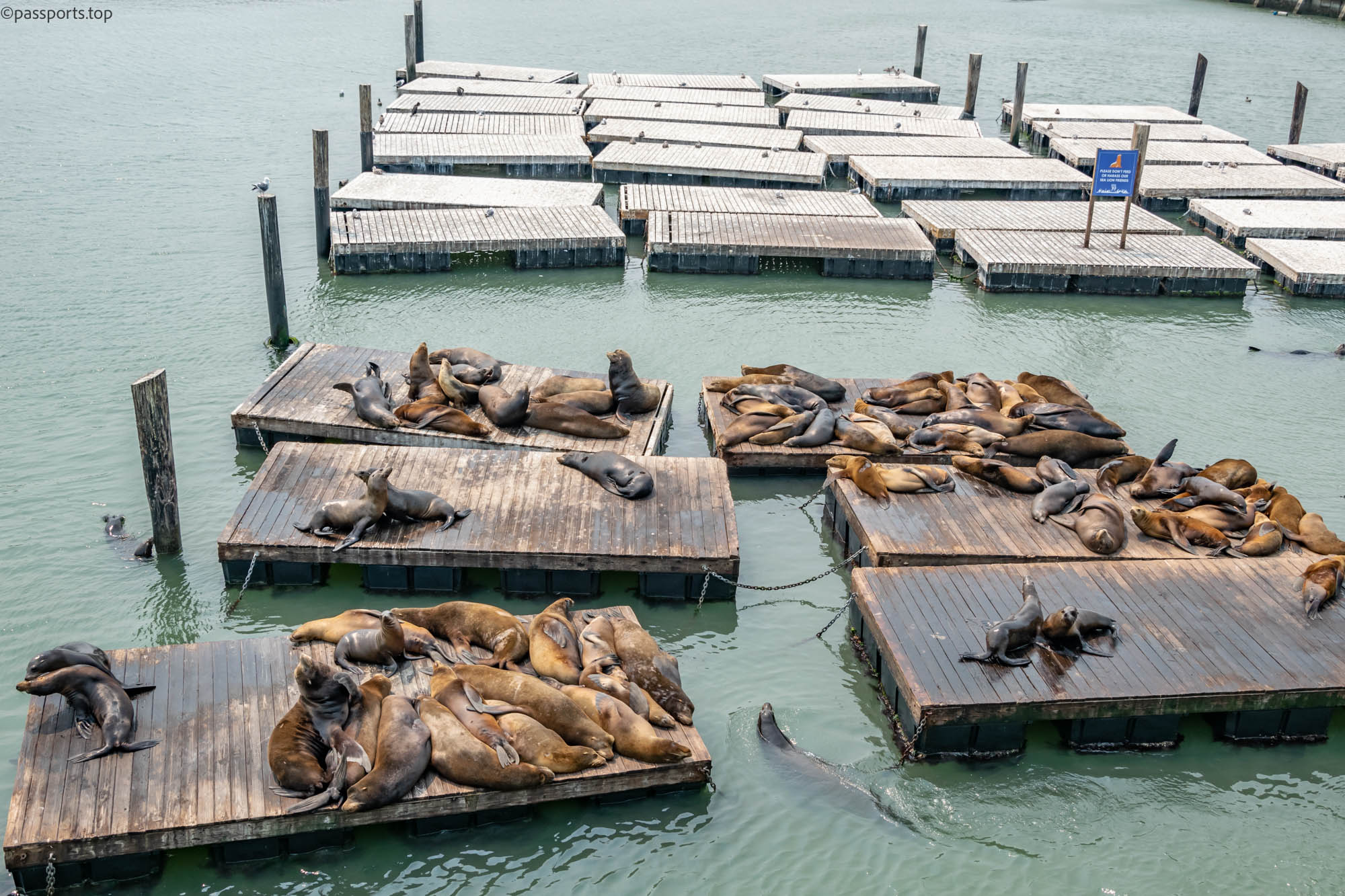
Fisherman’s Wharf attracts tourists with its shops, restaurants and beautiful scenery along the oceanfront. You shouldn’t miss the sea lions or the famous Bubba Gump Shrimp restaurant, with decor inspired by the movie Forrest Gump.
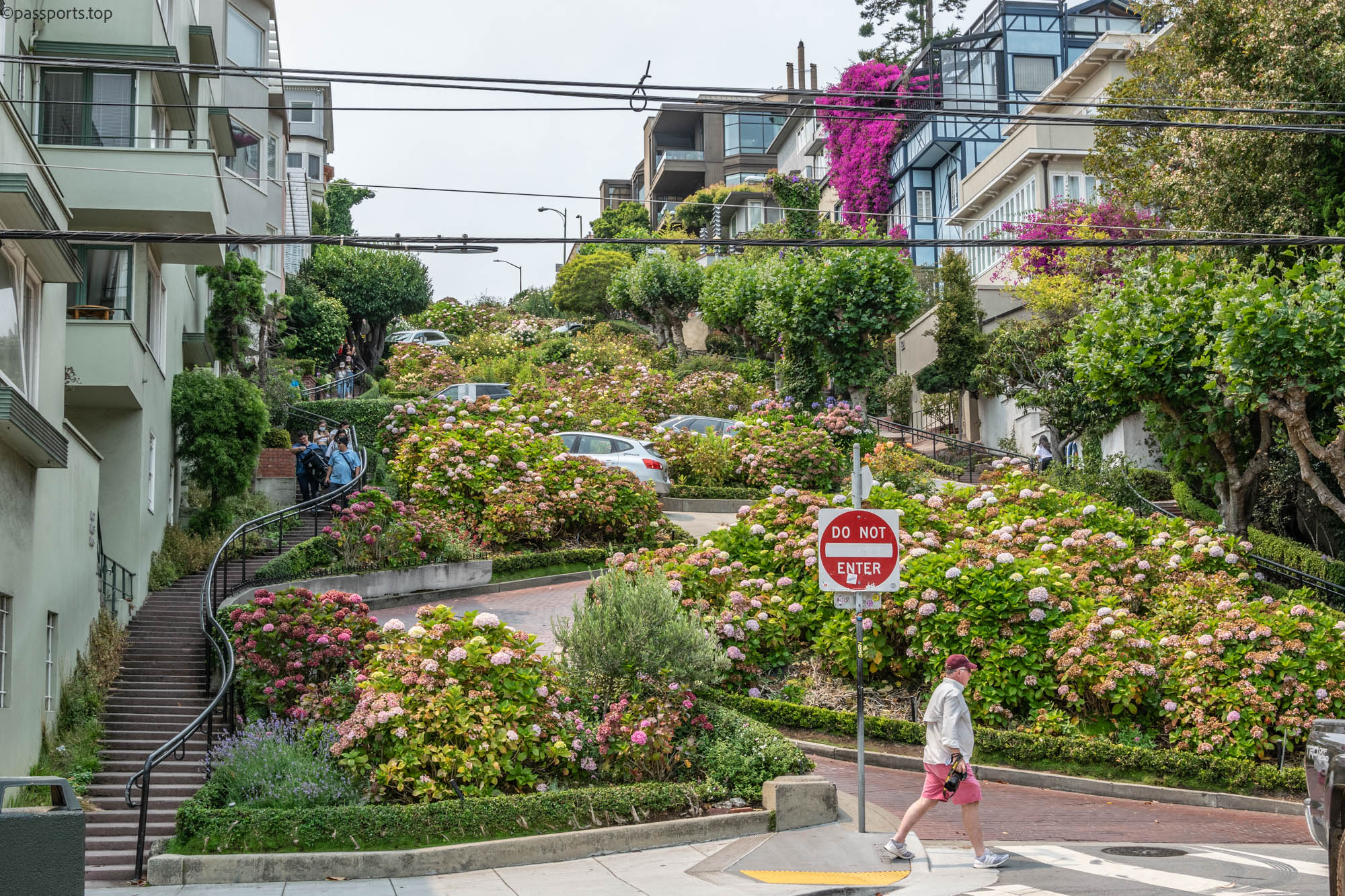
Of course you shouldn’t miss the famous Lombard Street. Victorian mansions line either side of the street, while multicolored flowers and beautifully landscaped bushes fill the space between the eight curves.
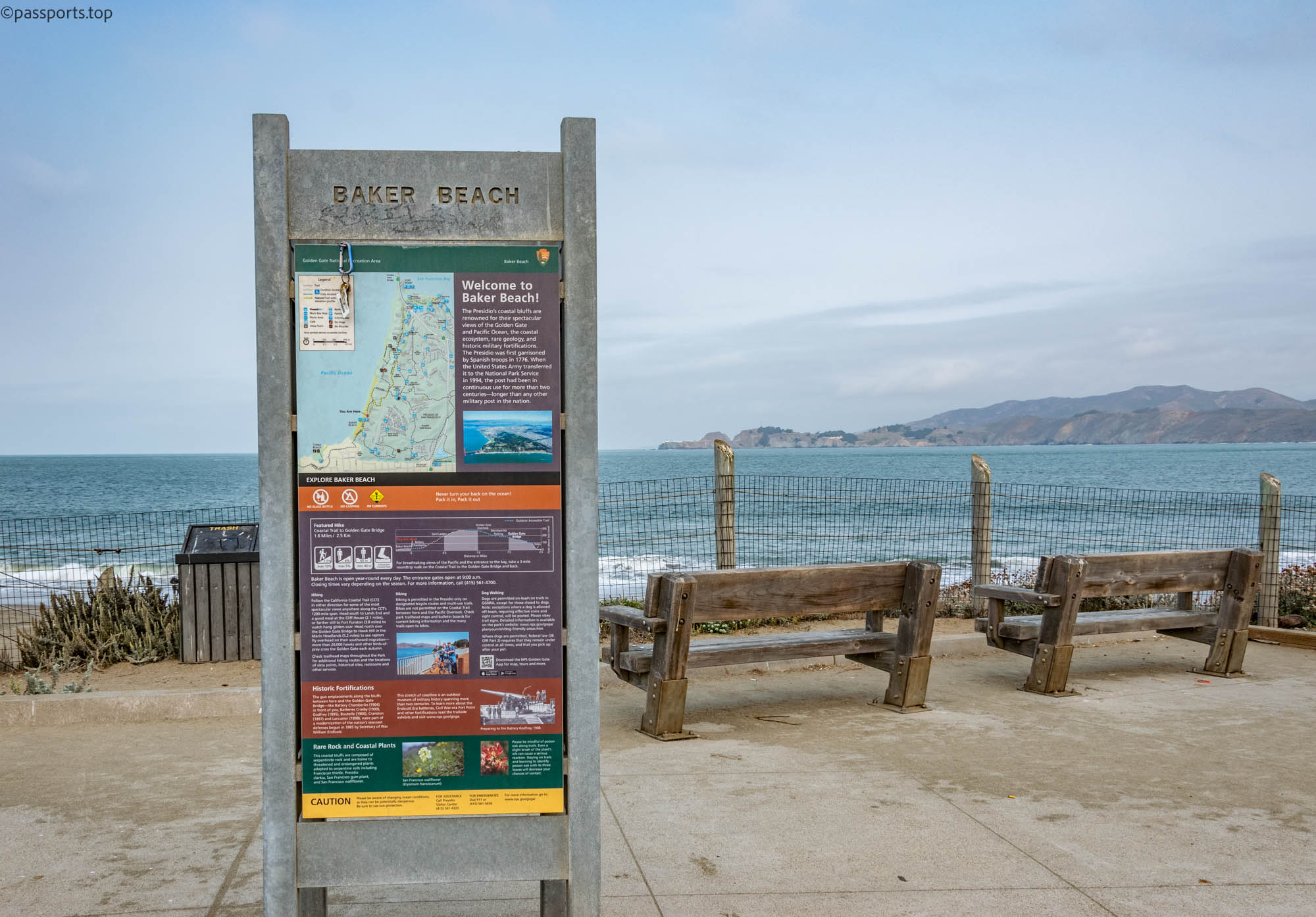
Baker Beach is west of the Golden Gate. High waves and ocean currents make the beach unsafe for swimming, but it offers a fabulous view of the Golden Gate Bridge.
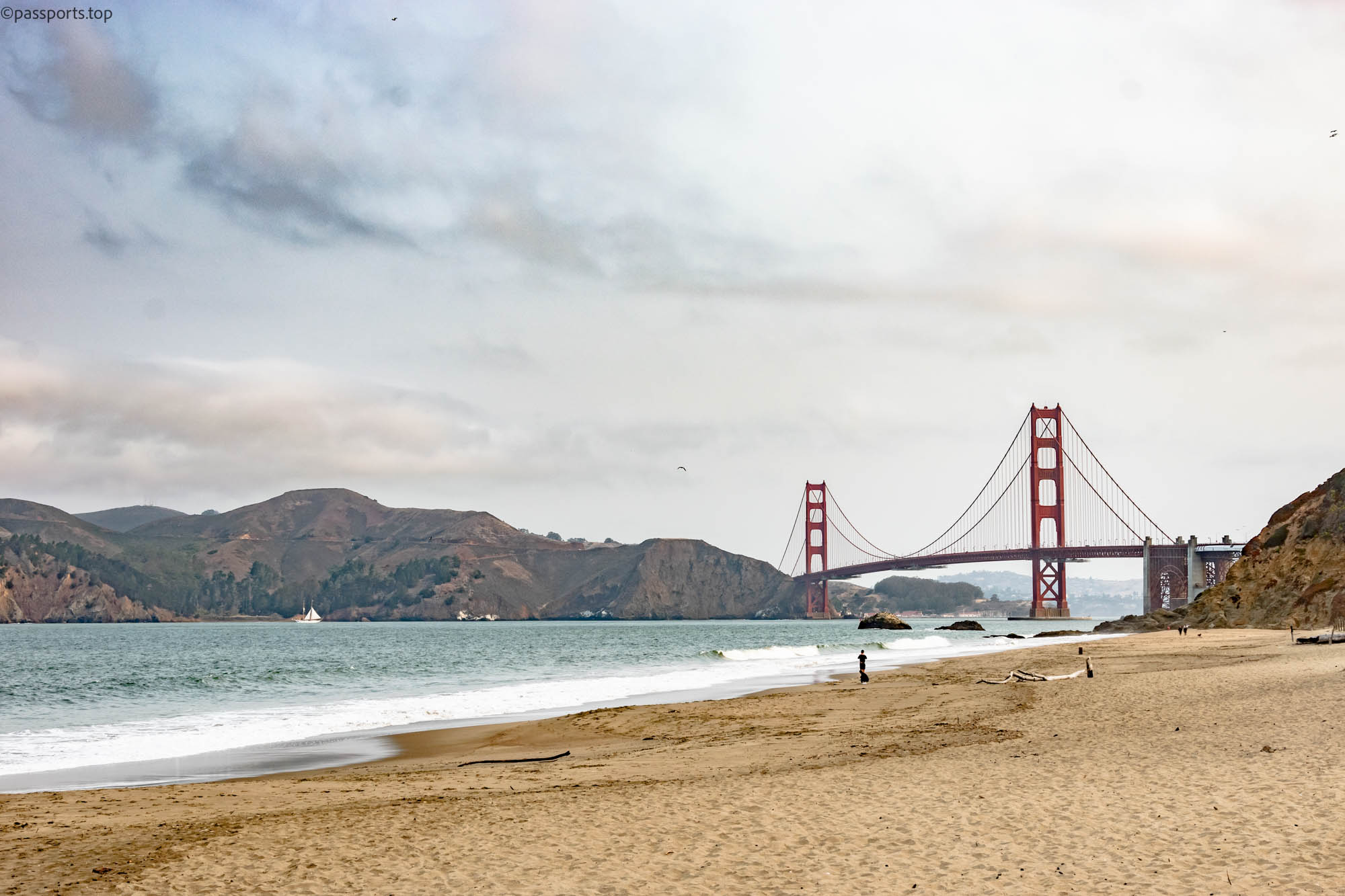
Near Baker Beach is another well-known beach: Marshall’s Beach, which offers spectacular views of the Pacific Ocean.
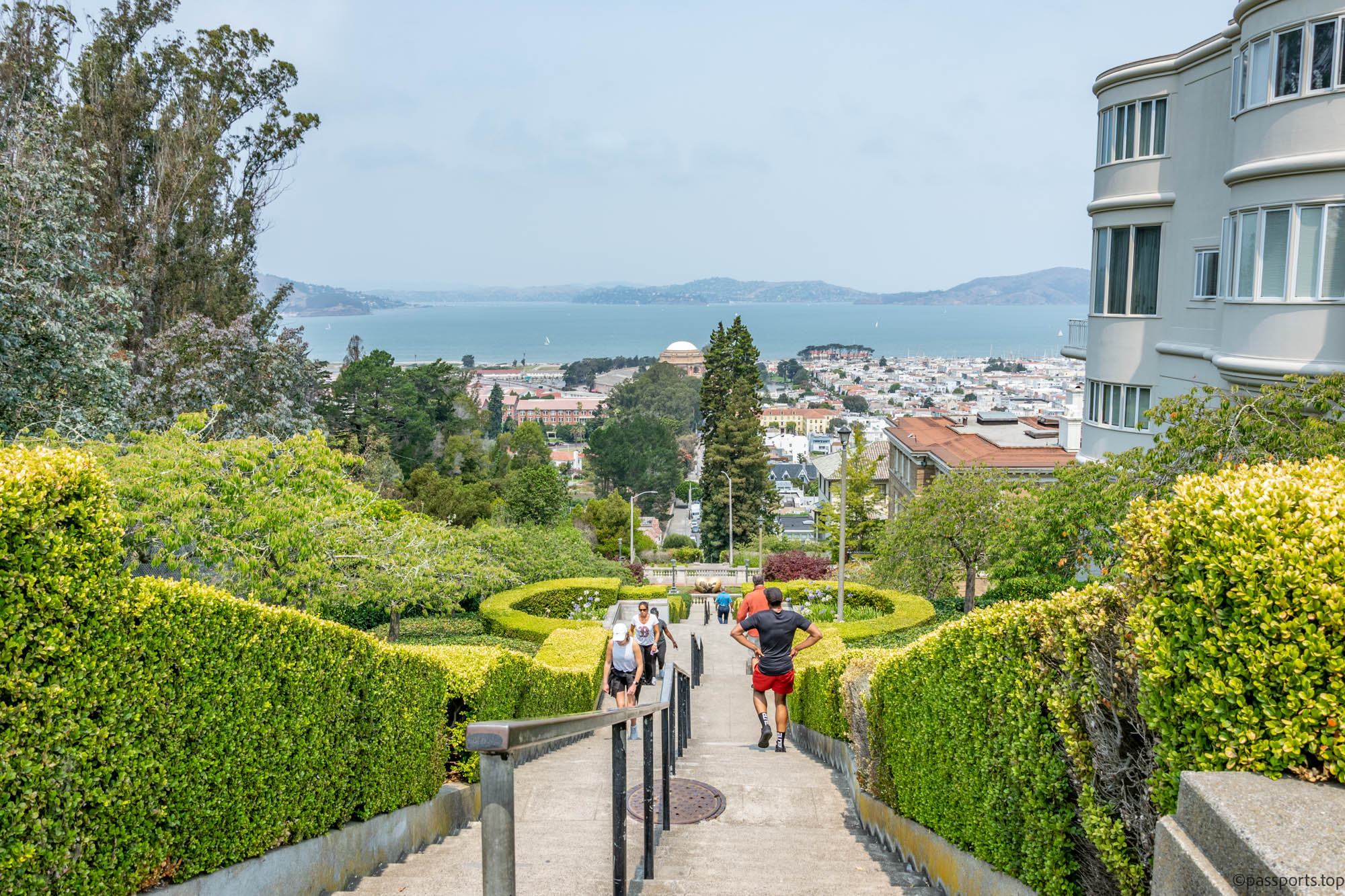
Another must-see in San Francisco is the Lyon Street steps. Once you reach the top, the view leaves you speechless. The sprawl of the city against the blue of the bay makes the effort of climbing the 332 steps well worth it.
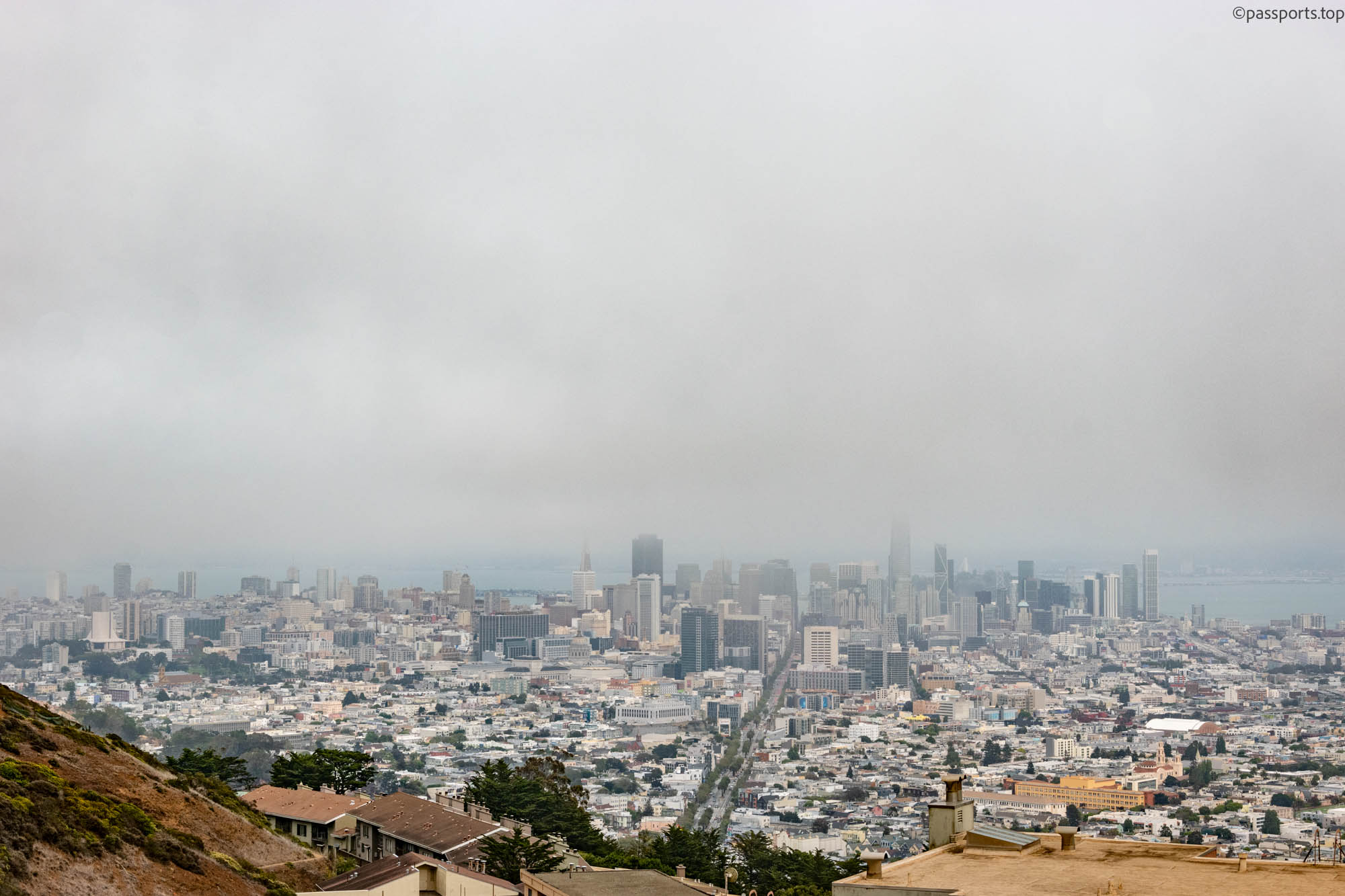
Twin Peaks are two hills that offer the best vantage point, located about 8km from the center. On sunny days it offers a perfect 360-degree view of the city and beyond.

Depending on where you are, you may be able to see the Golden Gate Bridge to the north, Mount Diablo to the east, and the San Bruno Mountains to the south. We didn’t see much, as you can see in the pictures. Besides, the wind was quite strong and we only stayed for five minutes, then got off and started for Chinatown.
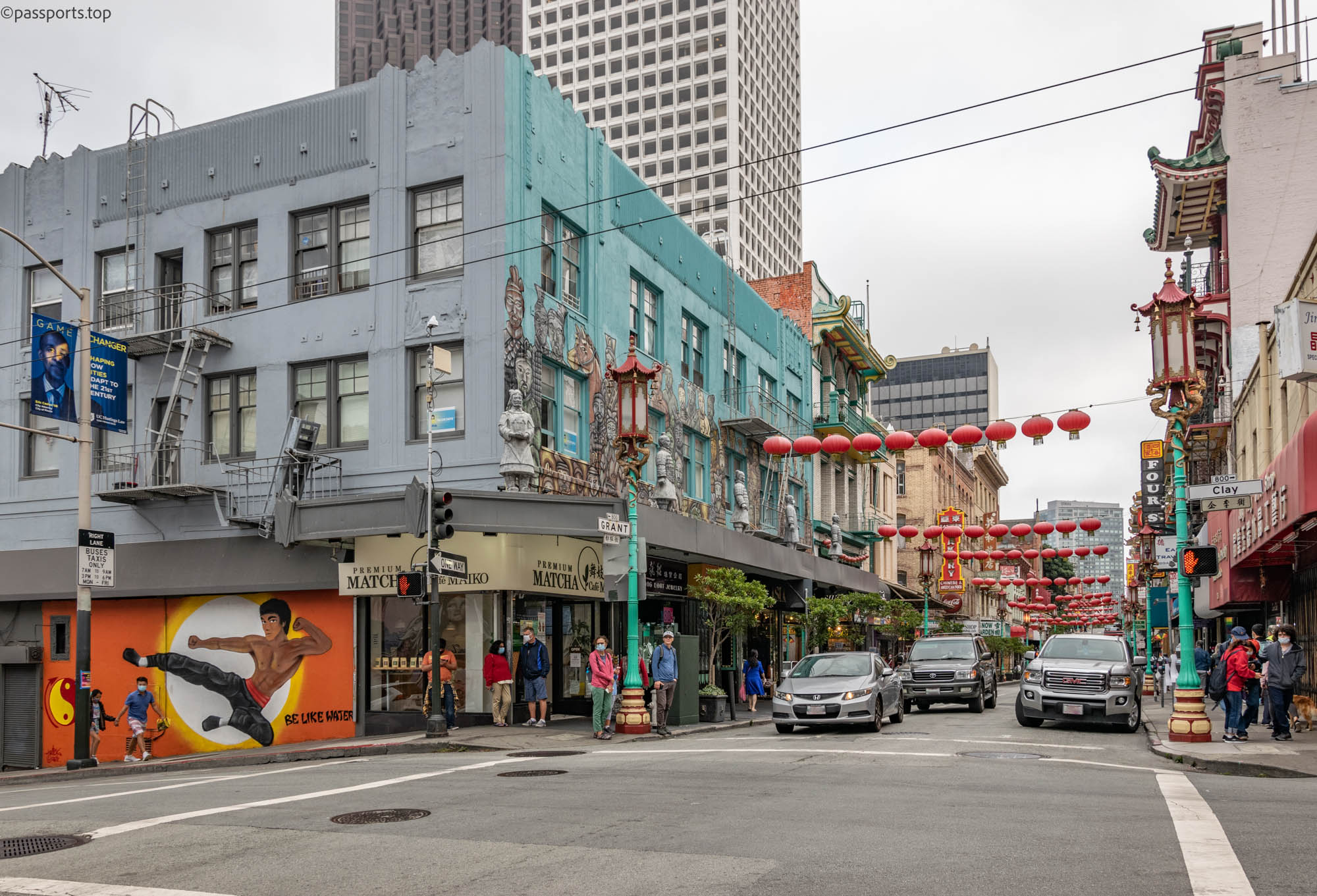
Chinatown is the largest Chinese community outside of Asia , but also the oldest in North America. Almost completely destroyed in the 1906 earthquake, Chinatown has been completely rebuilt, more attractive than before the disaster. Now, with its temples, theaters, antique and souvenir shops, teahouses and traditional pharmacies, visiting Chinatown has become one of the top things to do in San Francisco.
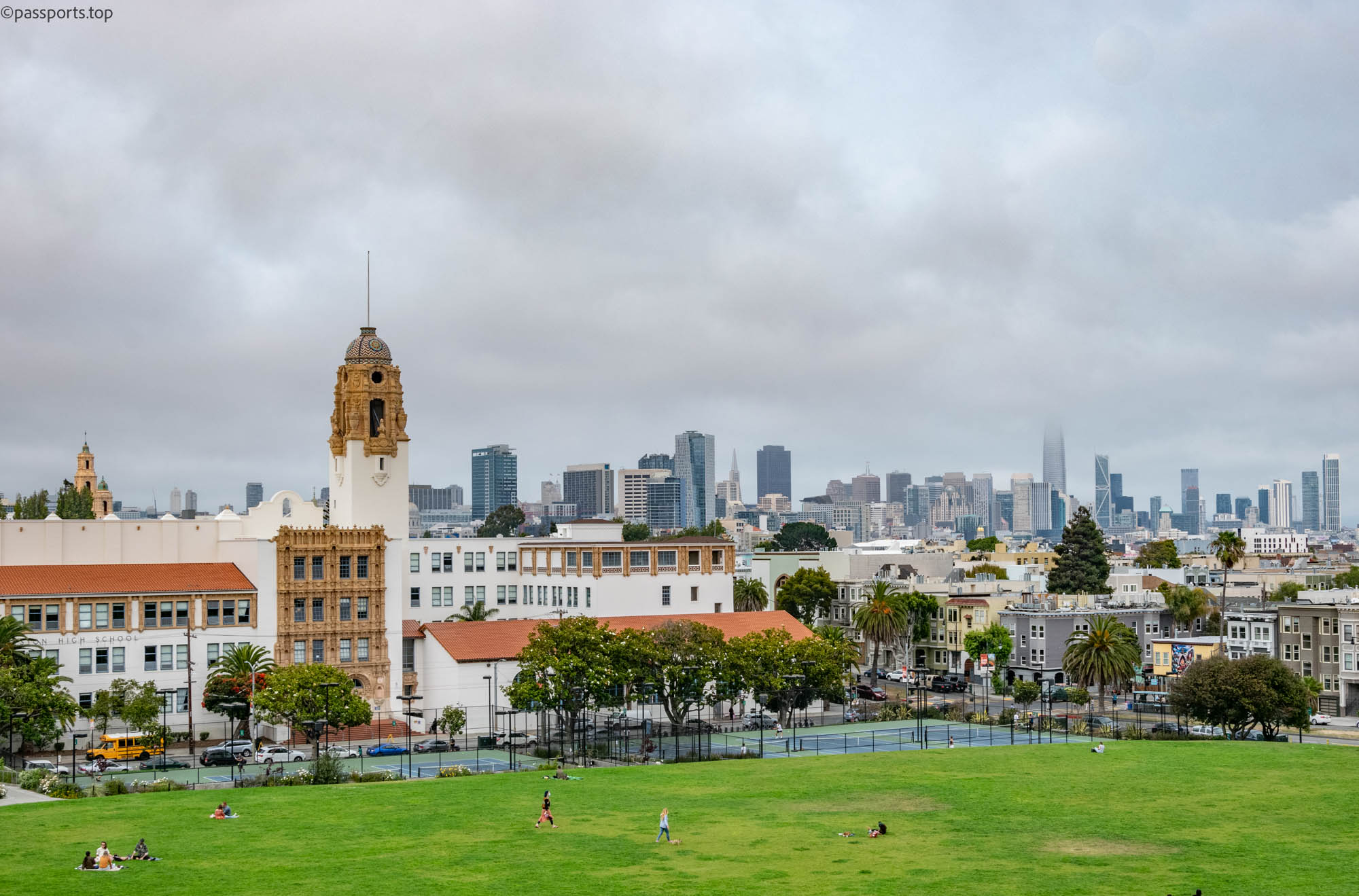
Mission Dolores Park is notable for its views of the Mission District, downtown, San Francisco Bay, and the East Bay. It is quite a popular place with green lawns shaded by tall palm trees, a soccer field, six tennis courts, a basketball court, children’s playground and two fenced dog play areas.
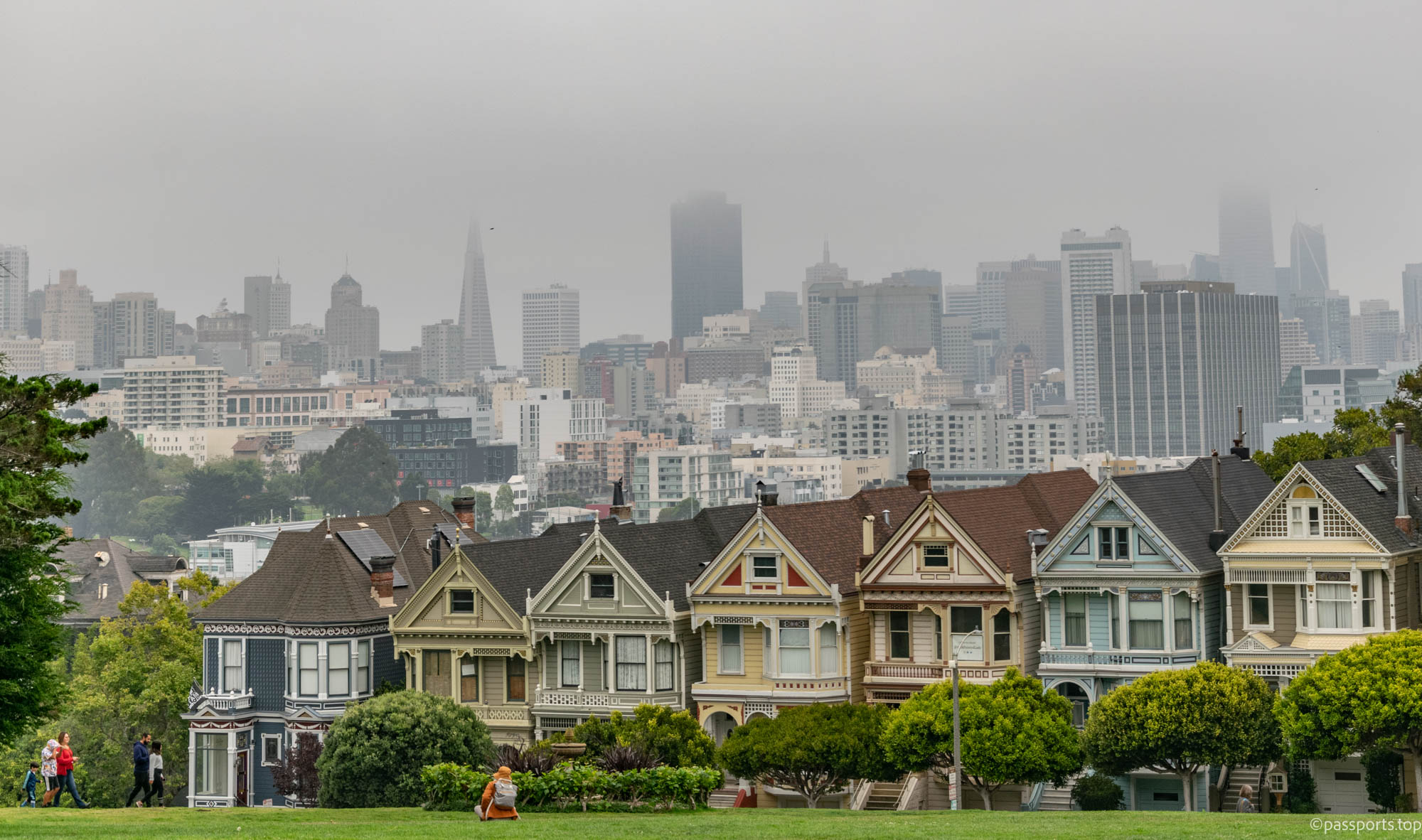
The Painted Ladies are represented by a row of houses built in the Victorian style, one of the most photographed areas of San Francisco. The colorful houses with the skyscrapers of the city center in the background provide a stunning contrast.
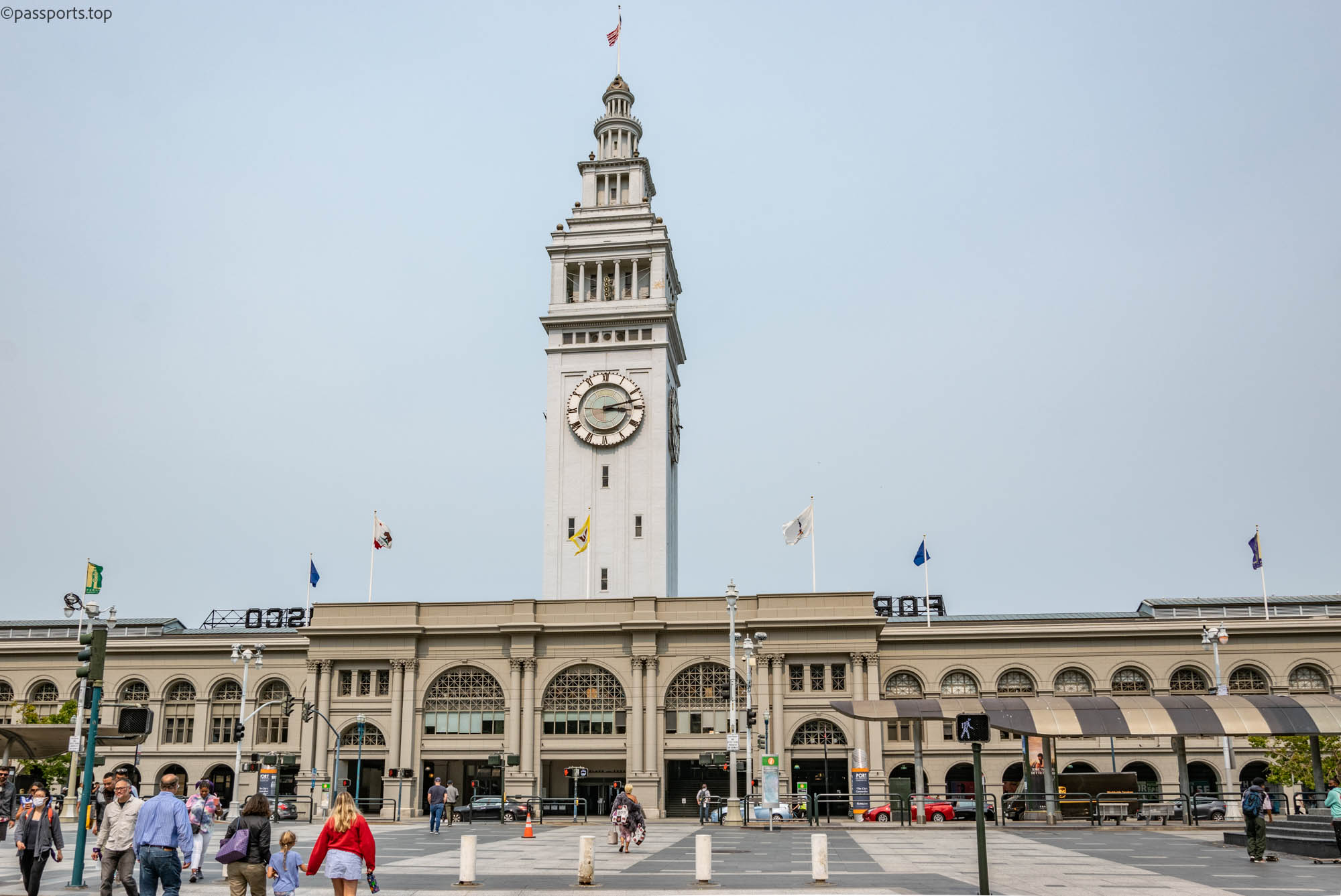
The Ferry Building stands out both for its architecture and for the culinary diversity it offers. The building opened in 1898, serving as the city’s main transport hub and receiving up to 50,000 ferry commuters a day. With its elegant arches and approximately 75-meter clock tower, the Beaux Arts-style building was inspired by classical European architecture. At the time of opening it was one of the busiest transit terminals in the world until the construction of the Golden Gate Bridge and the Bay Bridge in the 1930s.
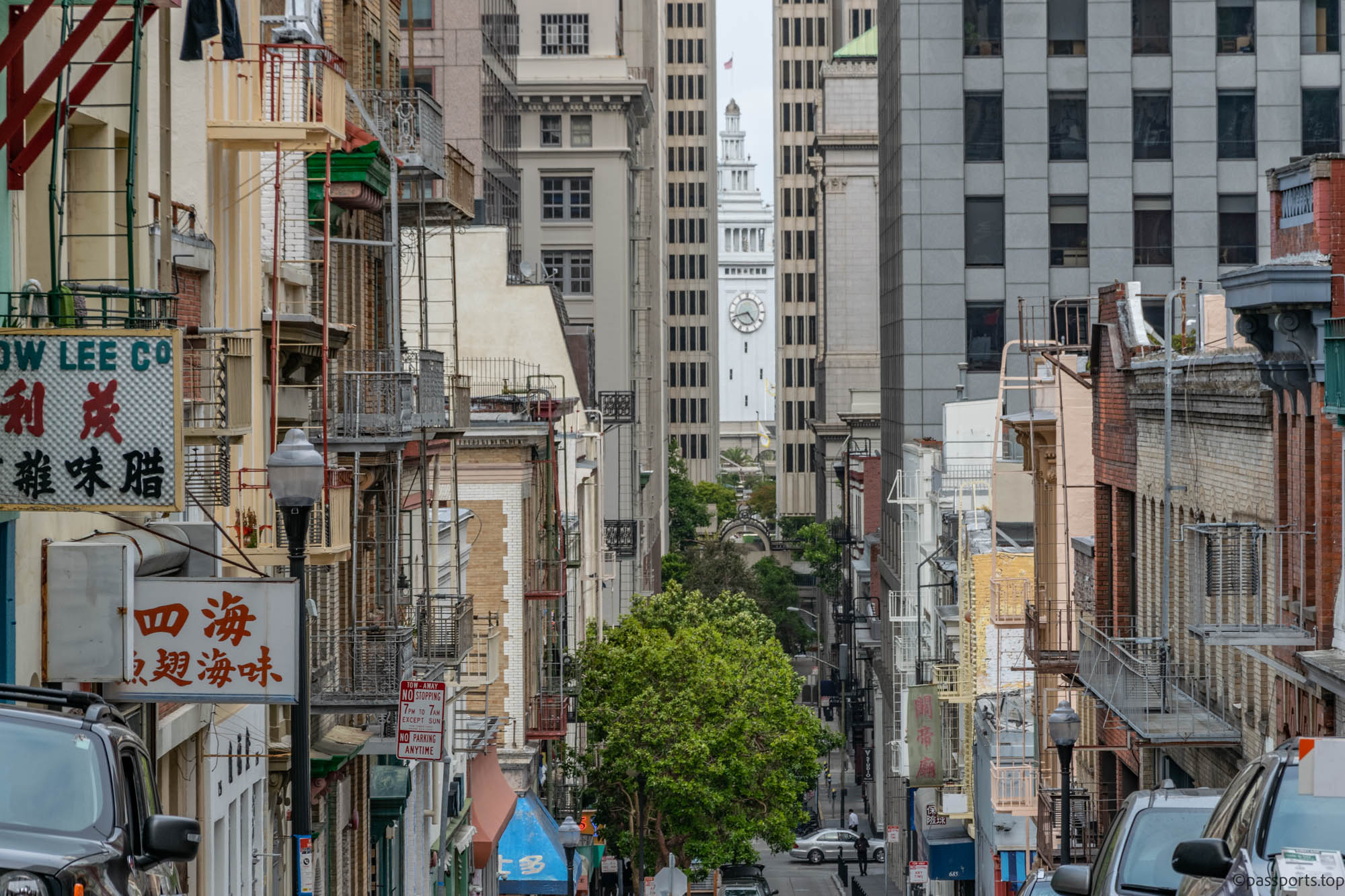
In 1955, the building was converted into office space, and in 2003 the San Francisco Ferry Building reopened to the public as the Ferry Building Marketplace, with the goal of promoting regional craft producers. The market is full of food vendors offering treats from coffee and pastries to cured meats and farm cheeses. Of course, the famous Northern California wines are not missing here either .
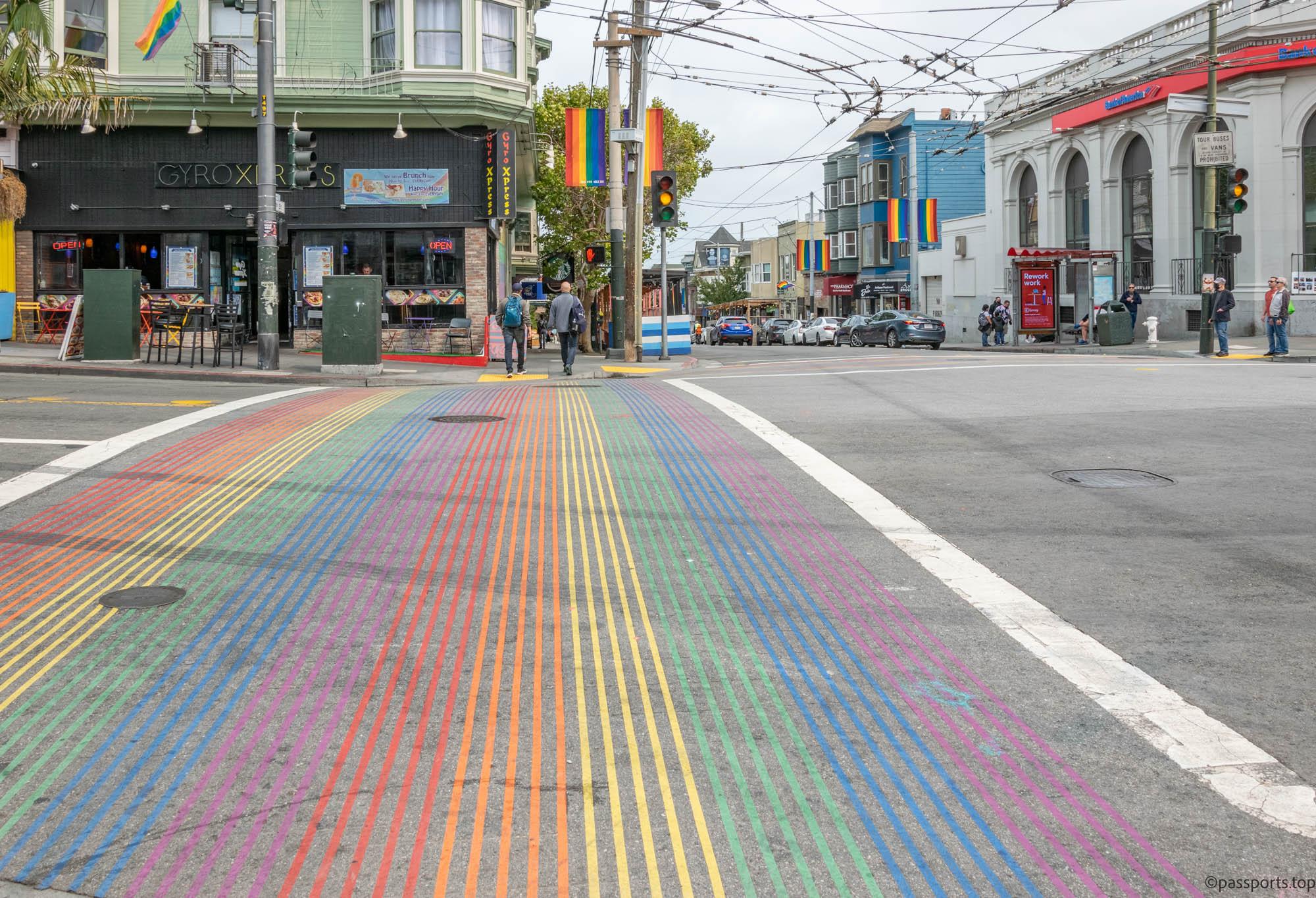
The Castro neighborhood boasts a distinct local culture dedicated to identity and freedom. It is one of the first neighborhoods in America to be predominantly shaped by the LGBT community and one of the most important epicenters for activists across the country.
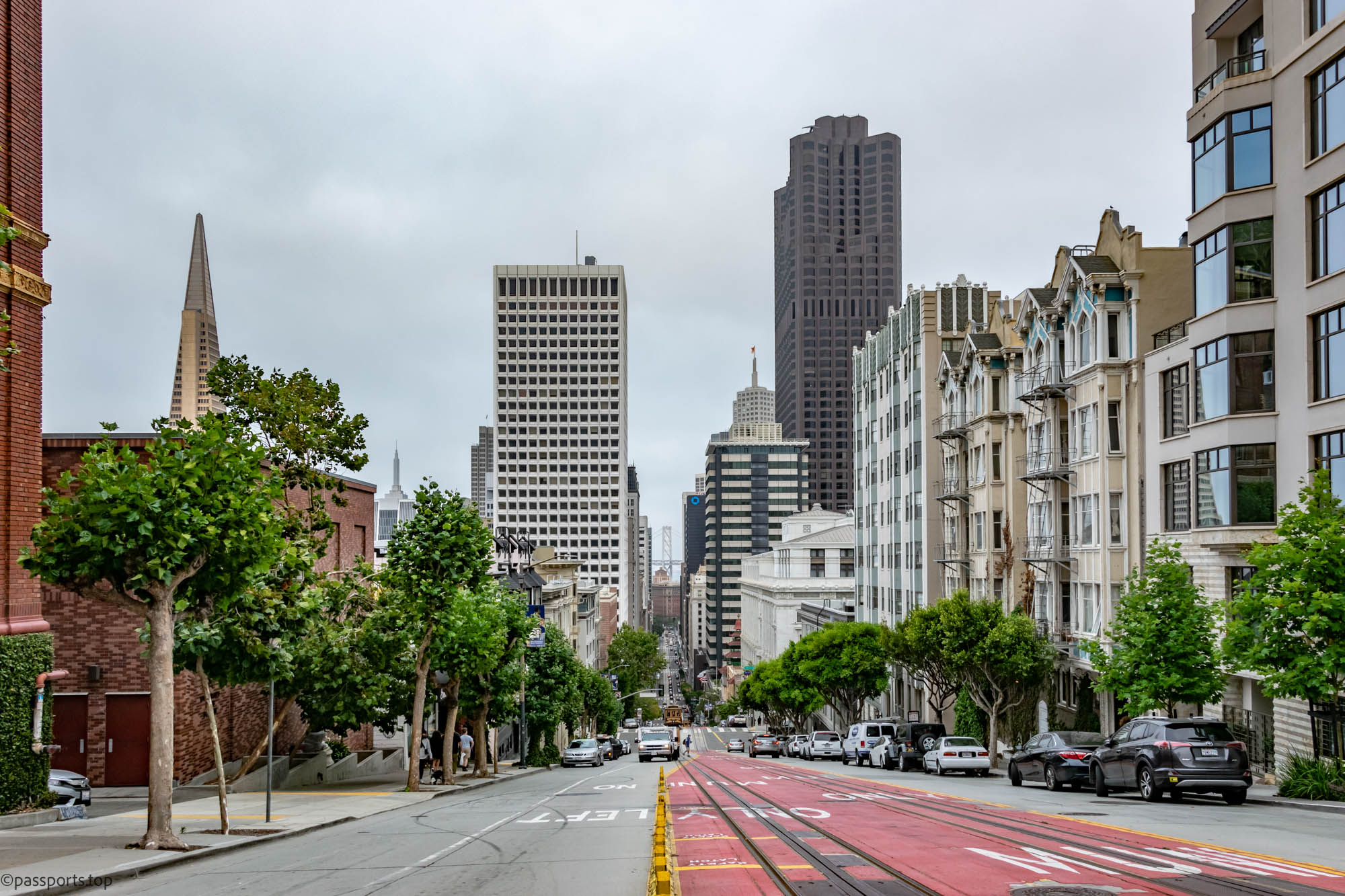
San Francisco has so much to offer that you can get lost among the colorful streets and houses without regretting your time here.
From San Francisco we rented a car and set off to explore Yosemite and Sequoia national parks.
(San Francisco – August 2021)

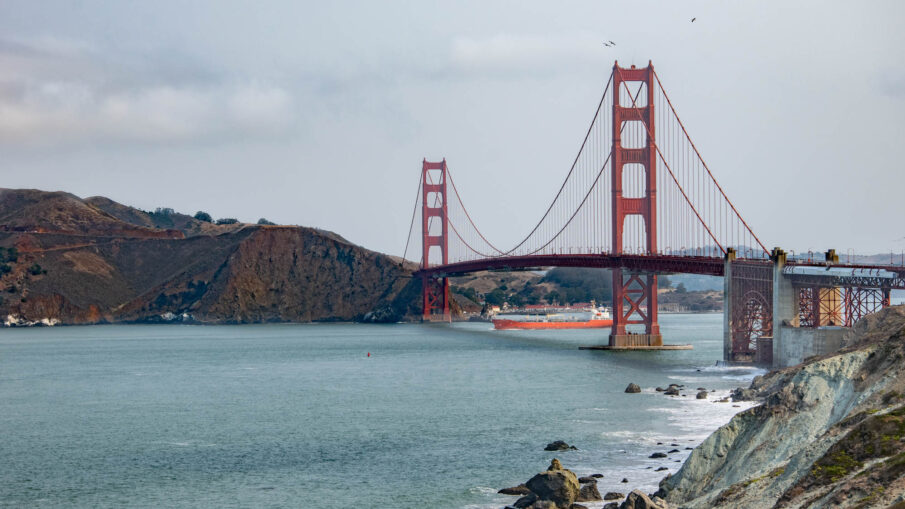
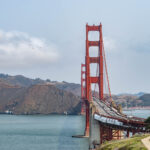
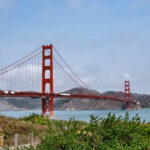

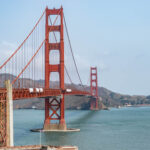
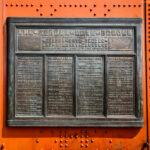
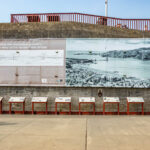
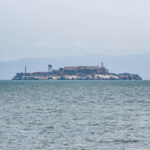
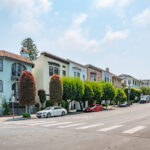
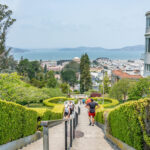
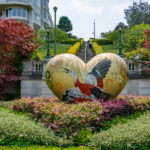
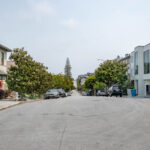
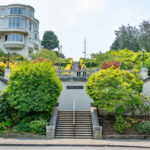
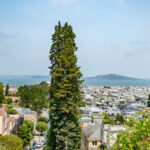
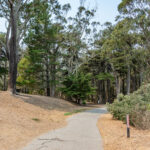
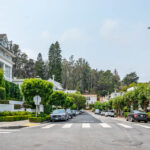
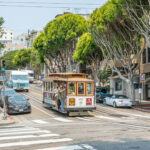
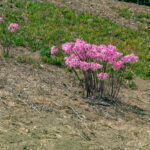

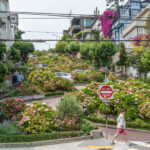
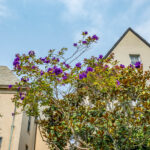
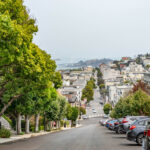
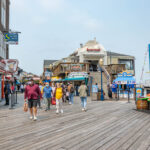
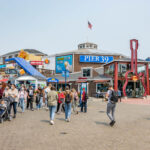
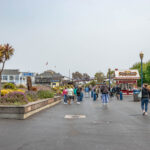
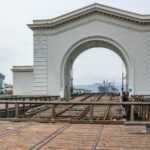
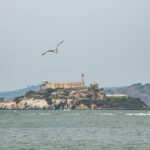
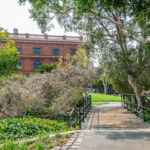
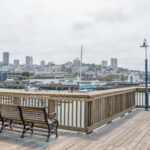
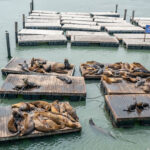
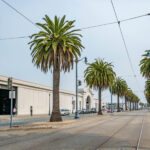
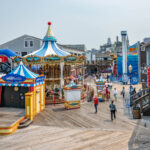
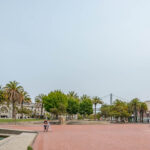
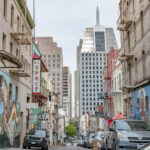
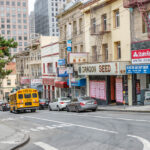
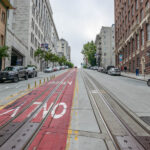
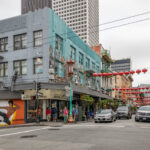
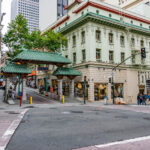
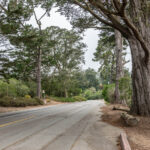
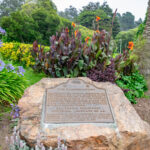
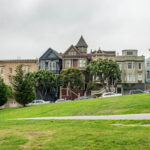
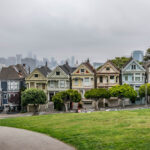
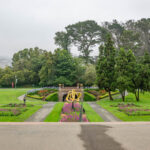
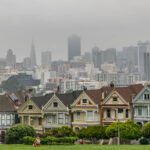
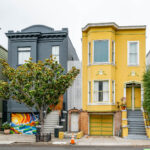
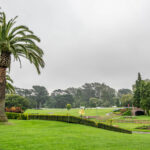

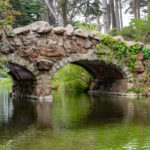
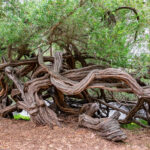
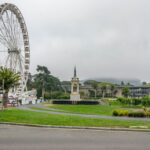
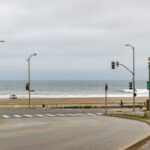
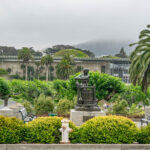
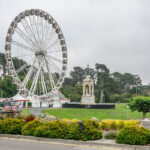
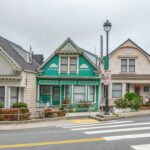
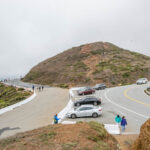

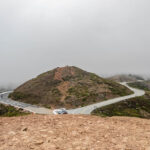
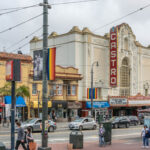
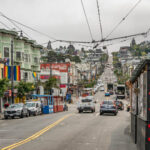
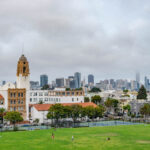
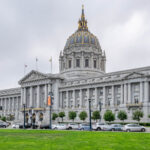
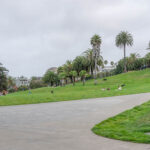
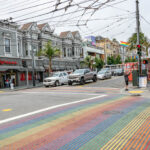
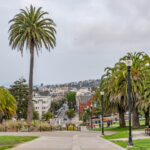
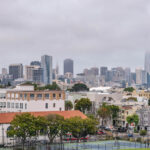
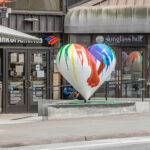
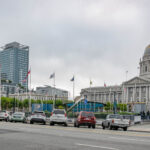
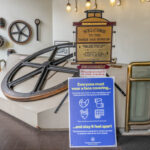
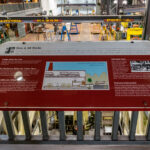
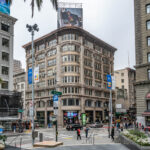
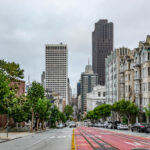
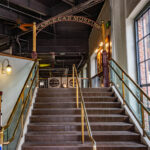
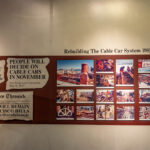
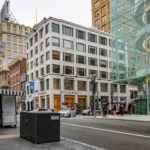
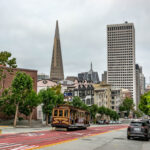
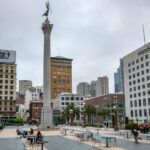
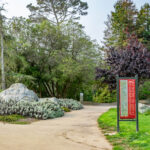
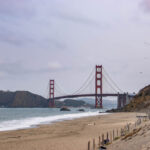
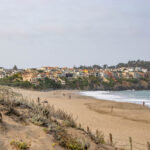
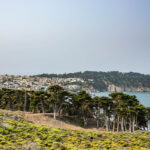
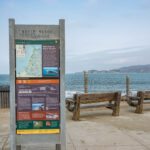
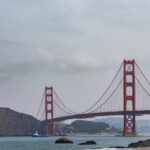
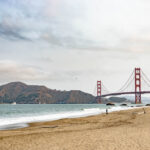
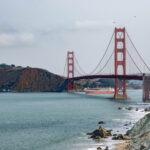
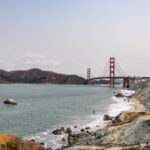
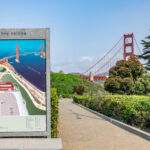
Leave a Reply